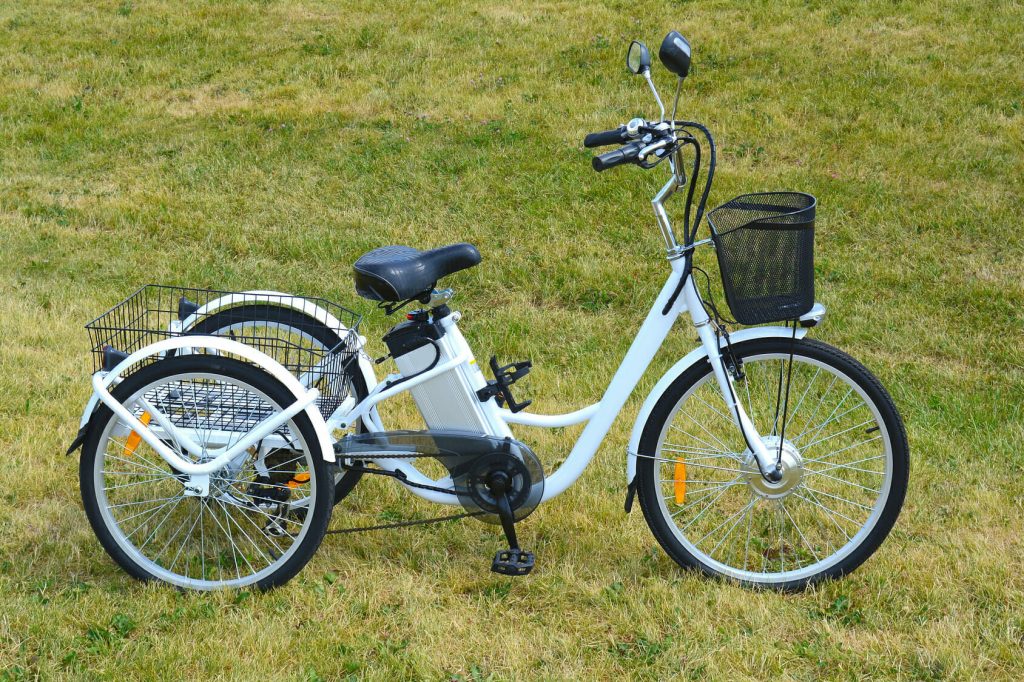Electric Tricycles – Redefining Urban Mobility
In a world grappling with congestion, pollution, and the need for sustainable transportation, electric tricycles have emerged as a game-changer, redefining urban mobility. These three-wheeled vehicles, powered by electricity, are making cities more accessible, environmentally friendly, and inclusive. With their unique blend of features, electric tricycles are not only transforming the way people commute but also addressing some of the most pressing challenges of urban life.
Sustainability at the Forefront
One of the most significant advantages of electric tricycles is their environmental impact, or rather, the lack thereof. With zero tailpipe emissions, they are helping to combat air pollution and reduce the carbon footprint of urban transportation. In an era when climate change is a top global concern, these vehicles offer a sustainable alternative to traditional gas-powered vehicles, helping cities inch closer to their sustainability goals.

Affordable and Inclusive
Electric tricycles are not only eco-friendly but also pocket-friendly. Their lower cost compared to cars or two-wheelers makes them an attractive option for a broad spectrum of people, including those with limited financial resources. This affordability factor, combined with ease of use and stability, ensures that electric tricycles are inclusive, providing mobility solutions to individuals who might otherwise struggle with transportation options.
Traffic Congestion Mitigation
Urban traffic congestion is a nightmare for commuter’s worldwide, wasting time and energy while contributing to pollution. Electric tricycles, with their compact design and ability to navigate through congested streets, offer a promising solution. Their smaller footprint allows them to weave through traffic, reducing gridlock and making urban travel more efficient. In addition, their electric motors provide instant torque, ensuring swift acceleration and seamless maneuverability, even in the most crowded cityscapes.
Last-Mile Connectivity
Electric tricycles excel in solving the “last-mile” challenge in urban transportation. Often, public transportation systems do not provide convenient access to all areas of a city. Electric tricycles bridge this gap, allowing commuters to travel from their homes to bus stops, train stations, or workplaces with ease. This last-mile connectivity not only reduces the reliance on personal cars but also encourages the use of public transport, thus further reducing congestion and emissions.
Accessibility and Inclusivity
Electric tricycles are inherently accessible vehicles. Their three-wheeled design offers stability, making them an excellent choice for people of all ages and physical abilities. This inclusivity factor is particularly essential in cities where an aging population and people with disabilities need reliable transportation options. Electric tricycles empower these individuals to maintain their independence and mobility.
Low Operating Costs
Beyond the initial purchase price, electric tricycles offer significant savings in operating costs. Electricity is generally cheaper than gasoline or diesel fuel, and electric tricycles have fewer moving parts than traditional internal combustion engine vehicles. This electric tricycle translates into lower maintenance costs over the long run, making them an economically attractive choice for both individuals and fleet operators.